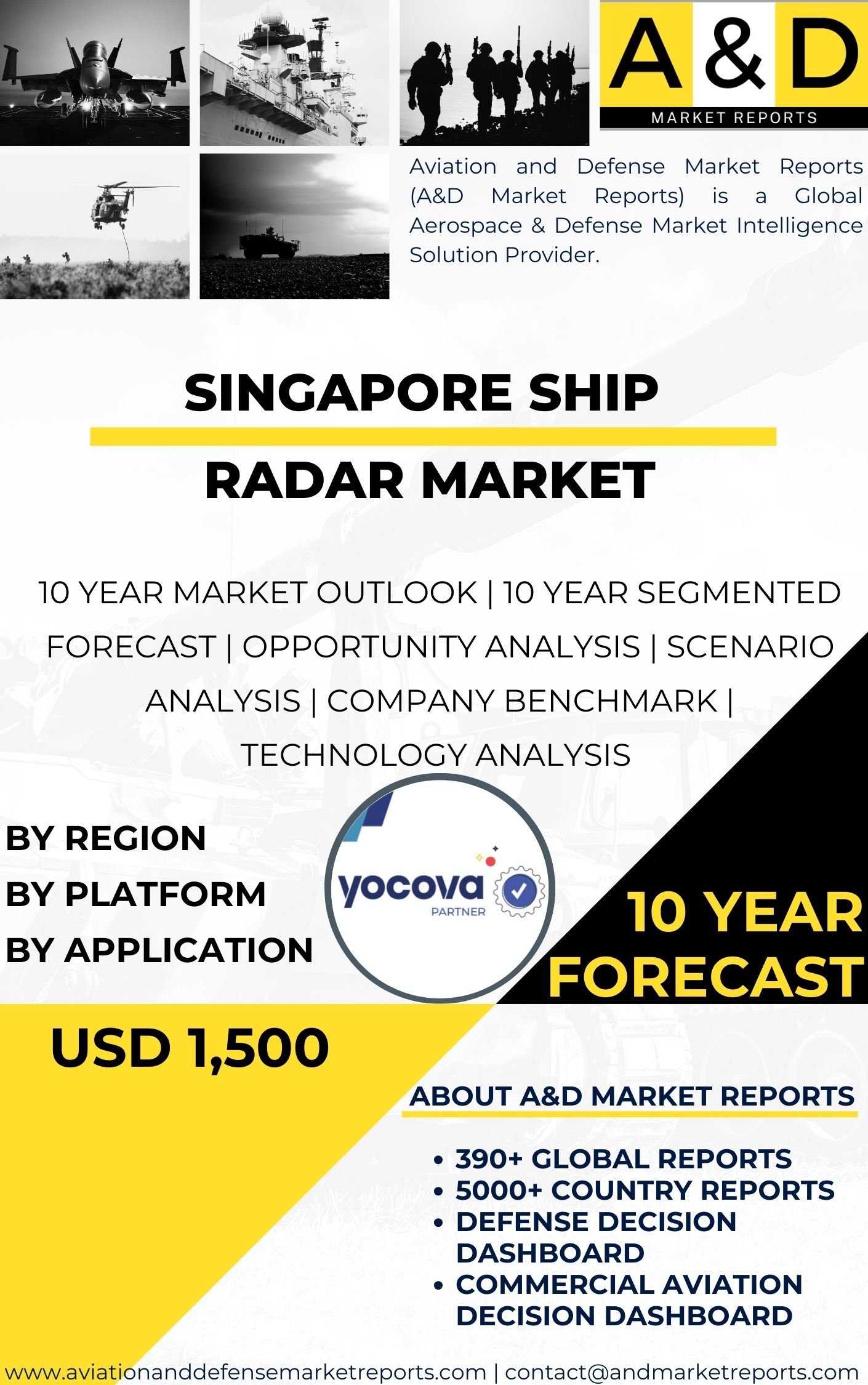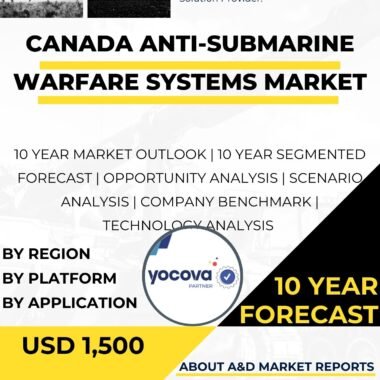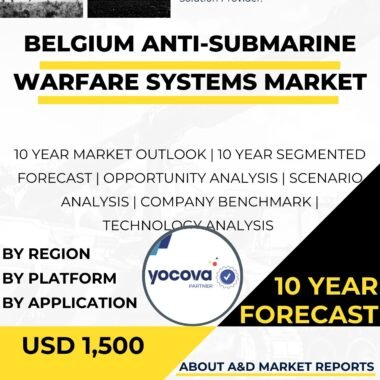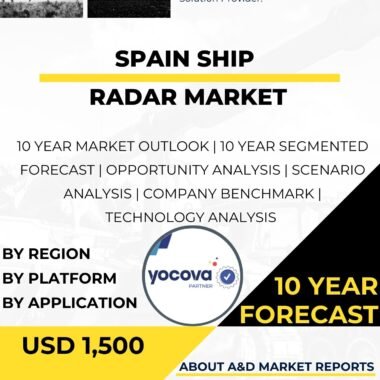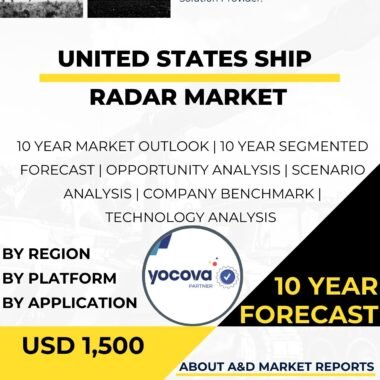Description
Singapore Ship Radar Market plays a pivotal role in strengthening the nation’s maritime safety and security framework. As one of the world’s busiest maritime hubs, Singapore depends heavily on ship radar systems to ensure safe navigation, enhance situational awareness, manage dense vessel traffic, and protect ships and crew operating within its territorial waters.
Overview of Ship Radar Systems
Ship radars are essential electronic devices used onboard vessels to detect and track nearby ships, obstacles, and weather formations. By transmitting electromagnetic waves and interpreting their reflections, radar systems provide real-time situational data, enabling navigators to make informed decisions and avoid potential collisions or hazards at sea.
Market Structure and Key Stakeholders
The ship radar market in Singapore is shaped by a mix of domestic advancements and international collaborations. The Maritime and Port Authority of Singapore (MPA) and the Republic of Singapore Navy are key users and promoters of radar technology for maritime safety and defense. Singapore also collaborates with leading global radar manufacturers and research institutions to adopt state-of-the-art radar technologies and technical expertise.
Strategic Importance and Market Drivers
Singapore’s strategic position along the Malacca Strait and South China Sea—two of the world’s most critical maritime trade routes—drives demand for advanced ship radar systems. These waterways experience heavy vessel traffic, making radar technology indispensable for collision prevention, efficient vessel routing, and maritime traffic management.
Additionally, Singapore’s extensive port operations and its status as a global transshipment hub heighten the need for robust radar systems to monitor vessel movement, prevent congestion, and detect illicit maritime activities such as piracy and smuggling.
Technological Innovation and R&D Initiatives
Singapore’s emphasis on innovation underpins the growth of its ship radar market. The country invests in research and development (R&D) programs focused on improving radar accuracy, signal processing, and environmental adaptability. These initiatives aim to enhance detection range, reduce interference, and improve performance under challenging conditions such as heavy rain or cluttered coastlines.
Applications in Maritime Safety and Security
Ship radars play a central role in ensuring safe navigation through Singapore’s congested waters. They are also crucial for maritime surveillance, reconnaissance, and traffic control operations conducted by the Singapore Navy and Coast Guard.
Beyond safety, radar systems are instrumental in supporting search and rescue (SAR) missions by enabling quick identification of distress signals and accurate location tracking, ensuring timely and effective emergency responses.
Integration with Defense and Surveillance Networks
Singapore integrates ship radar systems across its commercial fleets, coast guard vessels, and naval assets to create a layered maritime monitoring network. These systems bolster national defense by providing early warning, tracking potential threats, and enhancing maritime situational awareness.
Furthermore, radar integration with advanced technologies such as satellite communication, artificial intelligence (AI), and data analytics enables predictive analysis, automation, and improved decision-making capabilities across Singapore’s maritime defense ecosystem.
Economic Impact and Workforce Development
The ship radar industry contributes significantly to Singapore’s economy by driving job creation and technical skill development. It supports a diverse workforce that includes radar engineers, systems developers, data analysts, and maritime safety professionals. This strengthens Singapore’s position as a hub for high-tech maritime innovation and training excellence.
International Cooperation and Standards
As an active member of the global maritime community, Singapore collaborates with international organizations and regional partners to promote maritime safety and regulatory alignment. Joint exercises, information sharing, and coordinated monitoring efforts further reinforce the nation’s role in upholding global maritime security standards.
Conclusion
The ship radar market in Singapore is a cornerstone of the nation’s maritime safety, defense, and surveillance infrastructure. Through continued investment in R&D, global partnerships, and technological integration, Singapore ensures that its radar systems remain at the forefront of maritime innovation.
By combining advanced radar capabilities with AI-driven analytics and defense interoperability, Singapore continues to enhance navigational safety, operational efficiency, and maritime domain awareness. This sustained commitment positions the country as a global leader in maritime security and technology, safeguarding both its waters and its vital role in international shipping.
